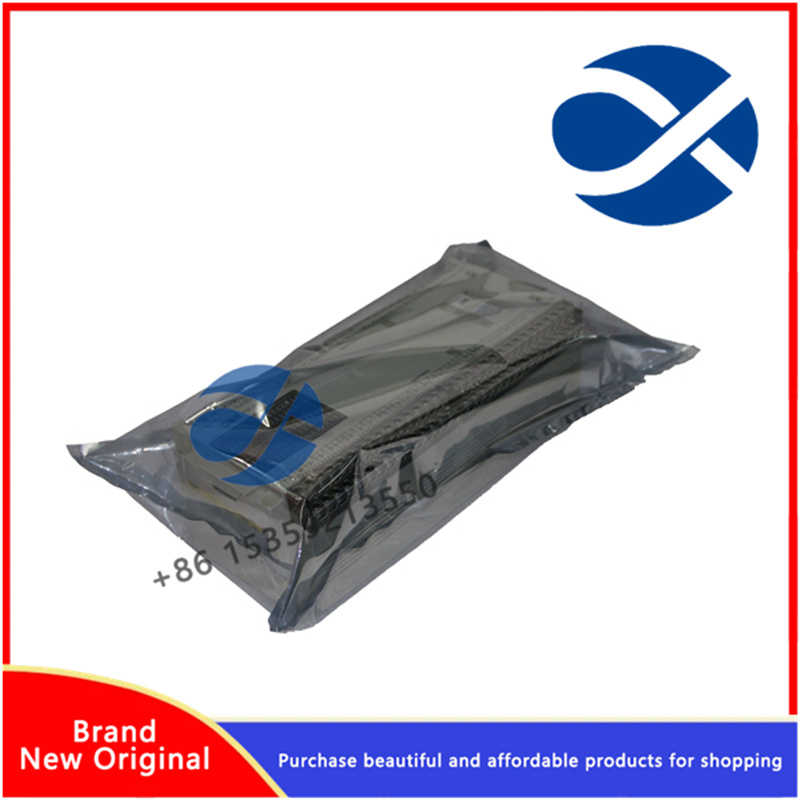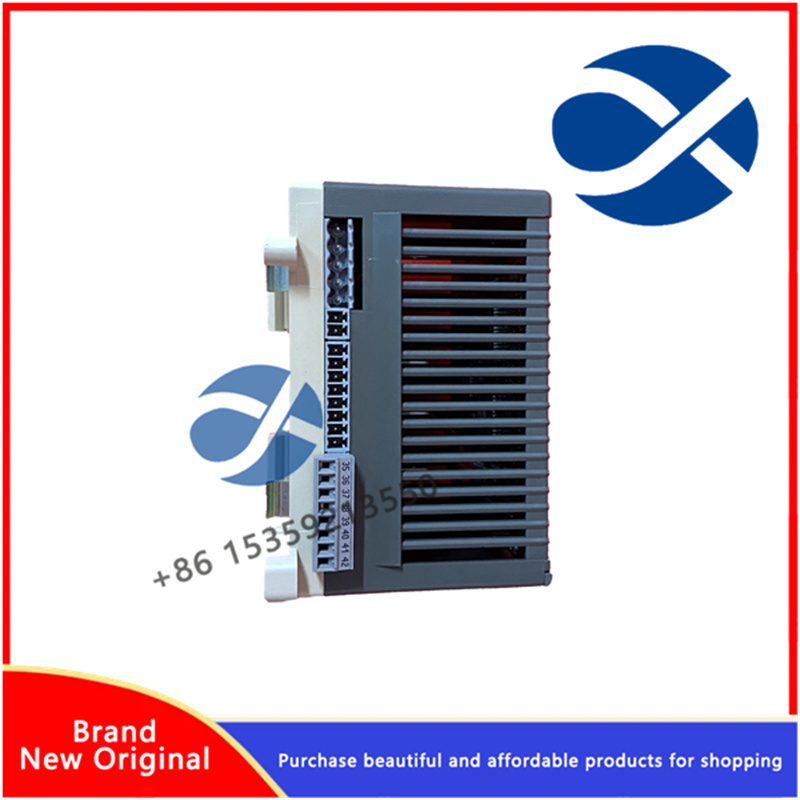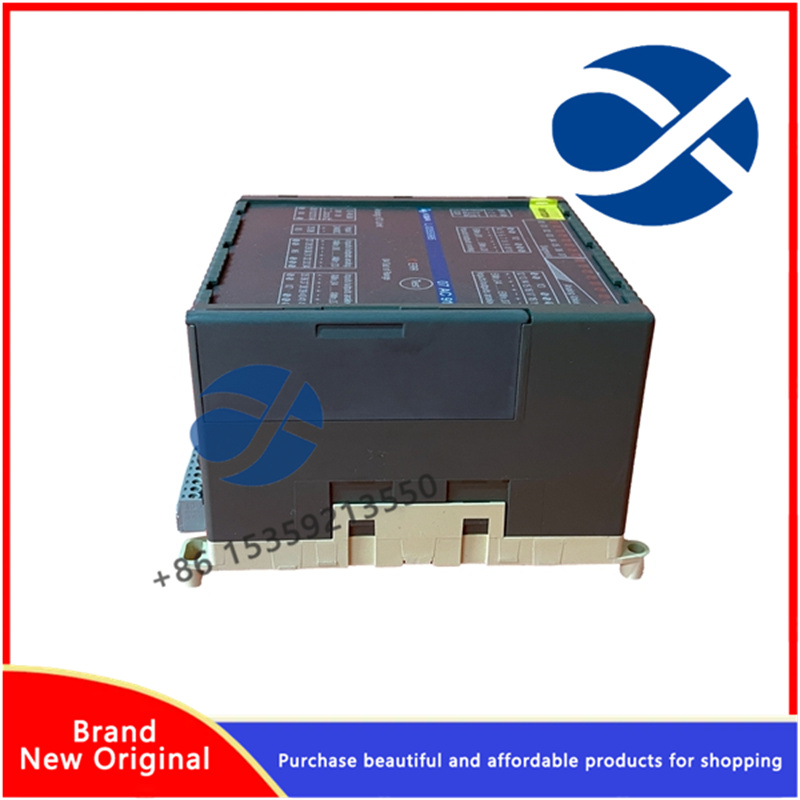UAC375AE103 Embedded
Interpreter technology/JOS technology
Similar to the JOS (JavaOperating System) technology mentioned in reference [2], this technology allows developers to write system modules in Java language, such as TCP/IP protocol stacks or file systems. Compile these modules into class files and dynamically load them by the JVM (Java Virtual Machine) at system runtime. Liao et al. [4] proposed in 1996 to insert a JVM into a microkernel, allowing users to write Java programs to extend kernel functionality.
Interpreter technology executes program code in an interpretive manner, which is more suitable for interactive systems; Compared to compilers, interpreters/JVMs are relatively simple to port; The interpreter uses intermediate code representation. When the code length is less than 500KB, the executable intermediate code is usually smaller than the compiled binary code, which is suitable for embedded systems with very limited storage space; Finally, Java code is easy to maintain and write, has good portability, and can achieve code reuse. The disadvantage of using interpreter technology is that the execution speed of intermediate executable code is slow. In embedded Linux systems, a large portion of the kernel is shared by applications, and even the application itself is a thread of the kernel with high execution frequency. Using interpreter technology can greatly reduce the efficiency of the system. Some Java platforms use Just in Time compilation technology to improve the execution speed of code. This technology trades space for time, making it difficult to implement on embedded systems with very limited hardware resources. In addition, the large class libraries of the Java language have to some extent hindered its development in resource limited embedded systems.
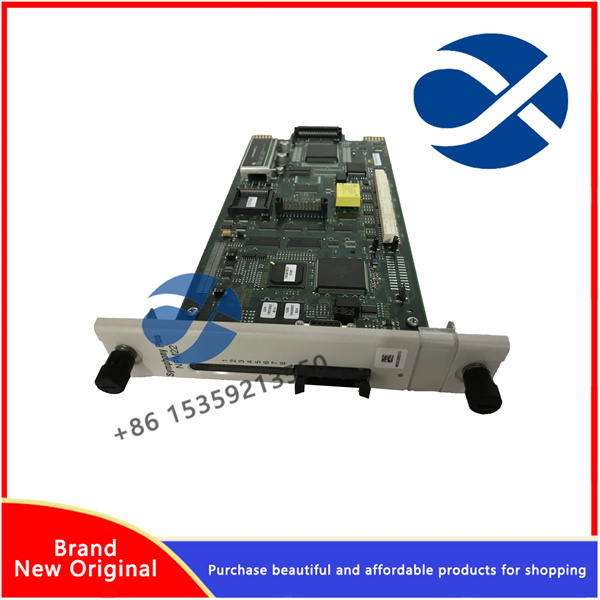
UAC375AE103 Embedded
(2) Scalable kernel technology
Scalable kernel technology allows user applications to inject code into the kernel to extend its functionality. Due to the fact that the implanted code runs in a kernel state, it avoids the problem of system performance degradation in microkernel technology. The implanted code runs in a kernel state and requires a real-time inspection mechanism to verify its security, ensuring that the implanted code does not cause system crashes. Cheng Buqi et al. [1] used software fault isolation technology to achieve fault isolation of expansion modules, ensuring that the system is not damaged by expansion modules. Bershad et al. [3] also used software fault isolation techniques to limit the range of memory addresses that implanted code can access. Code security checks undoubtedly increase the burden on the system, and the root cause of the problem is that the implanted extensibility code is untrustworthy to the core. To reduce the burden on the system, it is necessary to assume that the implanted code is safe and trustworthy.

Contact information:+86 15359213550
1. A-B Rockwell
2. FOXBORO
3. TRNEX
4. OVATION Westinghouse
5. SCHNEIDER
6. GE FANUC Fanuc
7. SIEMENS
8. REXROTH INDRAMA
9. ABB
10. HONEYWELL
11. BENTLY NEVADA
12. YOKOGAWA Yokogawa
13. ICS TRIPLEX
14. BACHMANN
15. Emerson
16. EPRO
17. HIMA Black Horse and other imported industrial components!
Related models:
| REF615 HBFEAEAGABB1BNA11E |
| REF615 HBFEAEAGNDA1ABA1XG |
| REF615A_1G HAFNAEFCBGC1BQK11G |
| REF615C_C HCFFAEAGANB2BAN1XC |
| REF615C_D HCFKAEADAND2BAA1XD |
| REF615E_E HBFHAEAGNCA1BNN1XE |
| REF620 NBFNAANNNDA1BBN1XF |
| REM545AG228AAAA |
| REM545BM222BAAA |
| REM615C_D HCMJAEADAND2BNN1CD |
| RF615 3BHT100010R1 |

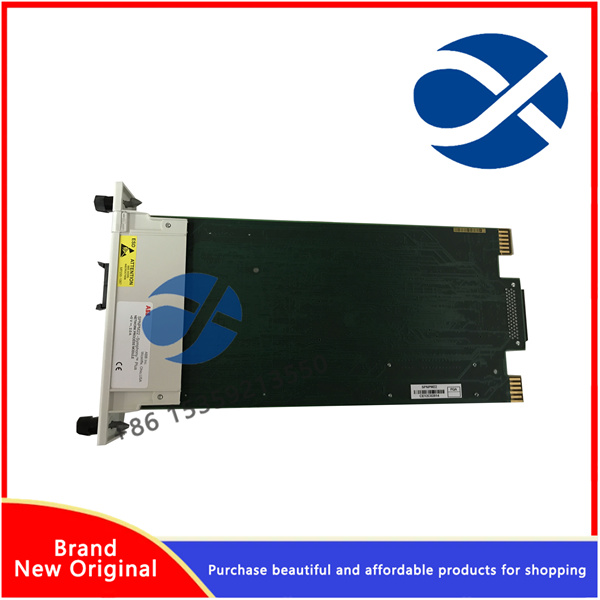
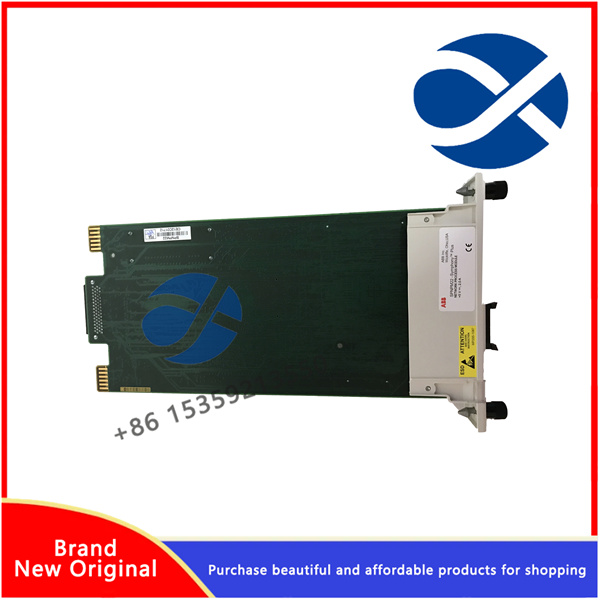

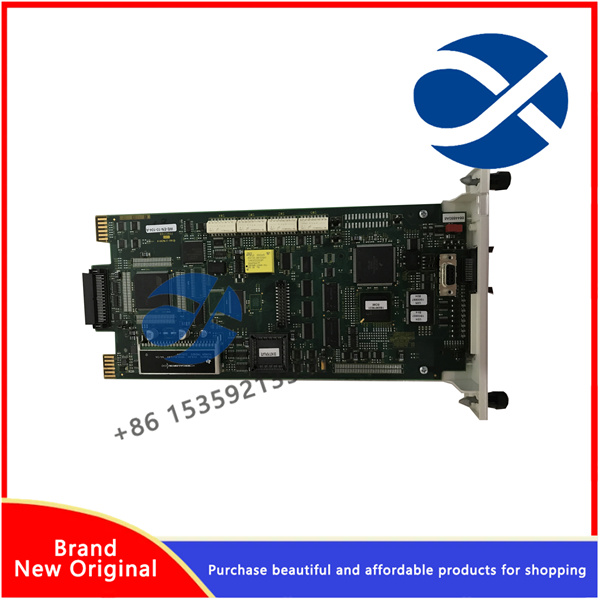
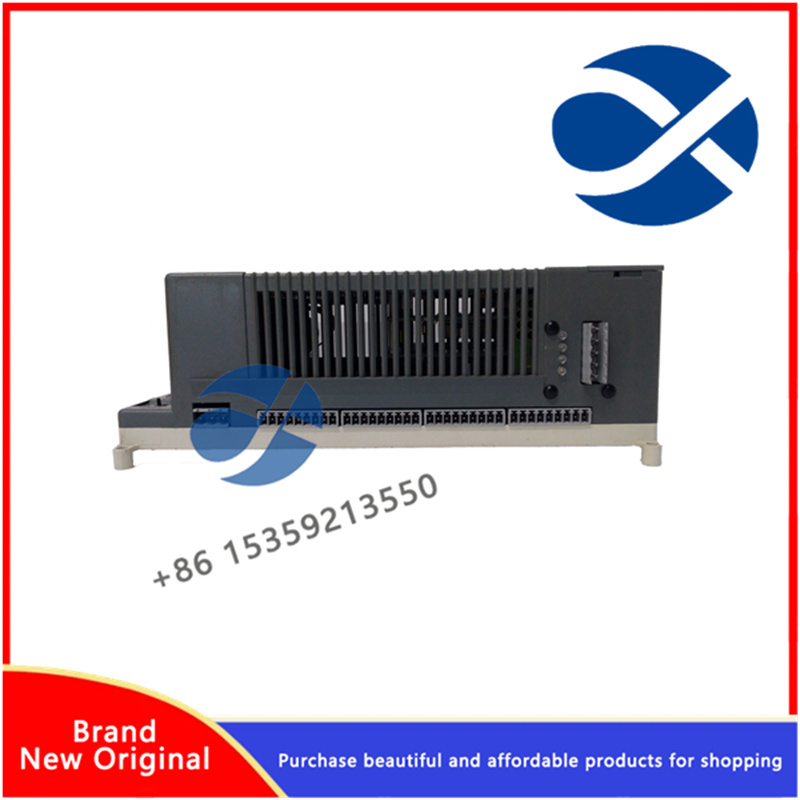
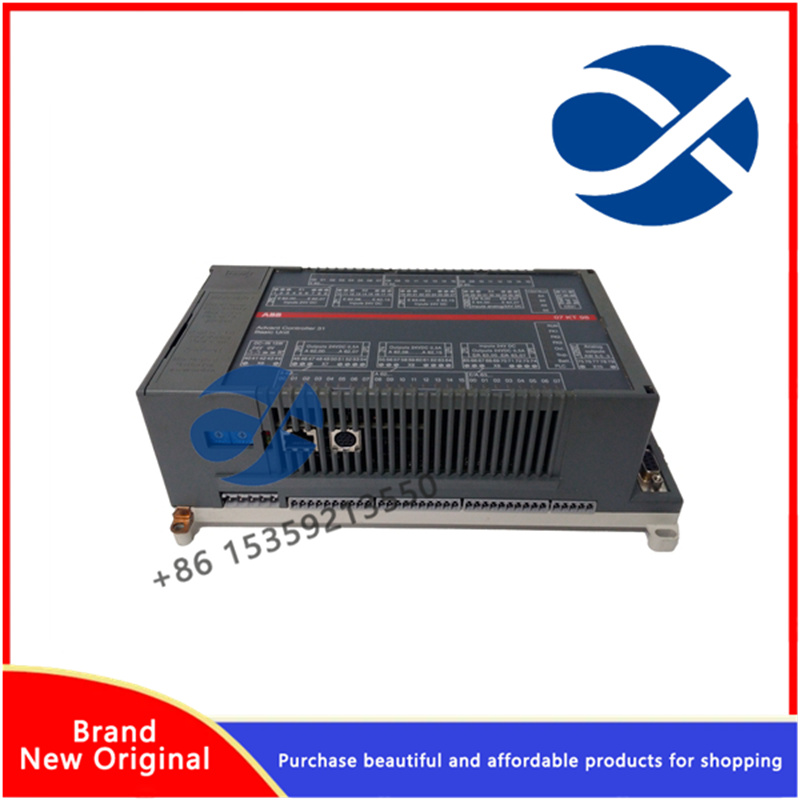
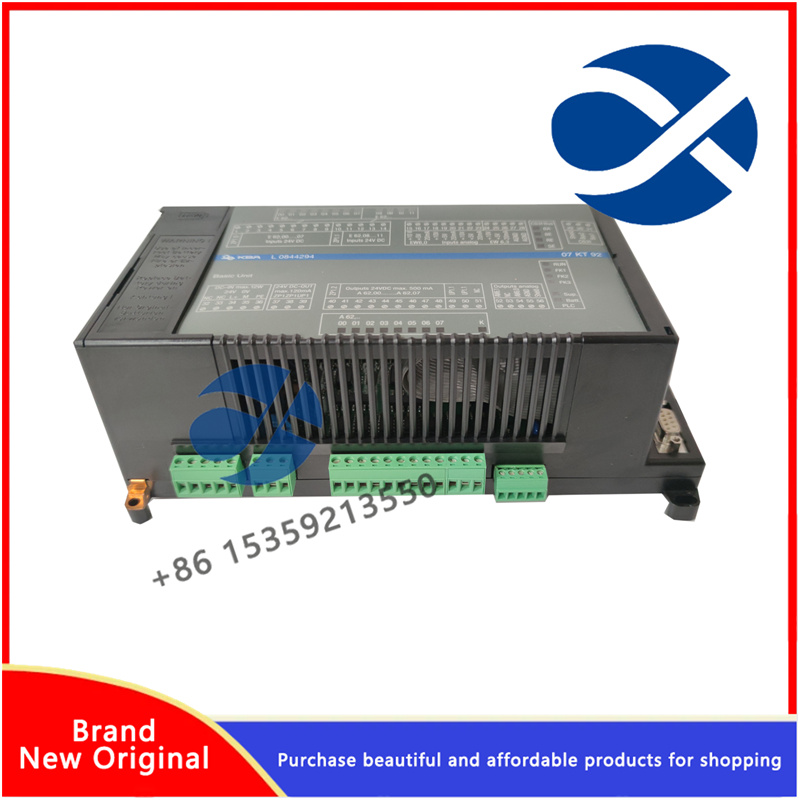
-1.jpg)

